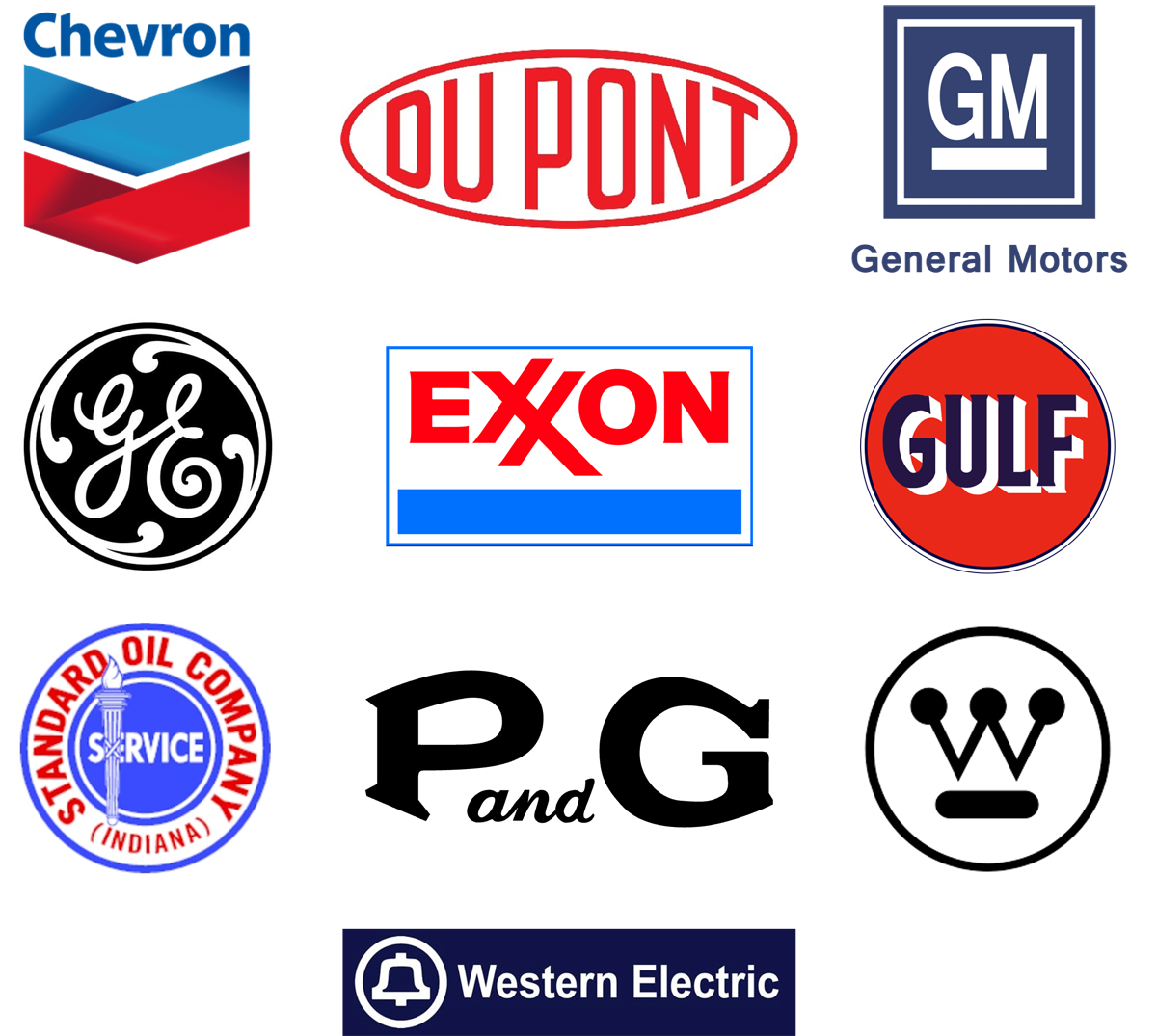In the late 1960s, IRC got a five-year research support commitment from Chevron, DuPont, Exxon, General Electric, General Motors, Gulf Oil, Procter & Gamble, Westinghouse, Western Electric, and Standard Oil of Indiana. What was most interesting to me at the time was that the only criticism of our suggested research program was the absence of any research on the training and development of first-line supervisors. DuPont was well known for its work in this area and believed that the absence of focus on supervisory development had a great deal to do with the spread of unionization in many companies. Moreover, it was DuPont’s experience that the first-line supervisor could have a very strong influence on employee attitudes and could represent management interest in employee welfare matters more effectively than most other corporate officials. Later, in other research, we repeatedly found support for the views that the DuPont representative expressed.
Around this time, we began our Symposia Series, which were two-to-three-day invitational meetings built around new academic research in human resource issues. The impetus for this plan was not only the work beginning to come out of academia but the publicizing of work being done in companies.
We also revamped our Management Course in Human Resources, which was a unique seven-day program for midlevel employee relations staff developed as a training session in the field during World War II, when there was a shortage of trained employee relations staff needed, especially by companies heavily involved in building their organizations for the war effort. The revised program was designed to challenge younger and midlevel company HR staff members who were sent to the course to learn of new developments and work on specific HR issues in ad hoc and competitive teams. Many Fortune 500 companies used the IRC Management Course as part of their training.
And we had success with our peer network programs, offering value to the participants while also adding to our knowledge of human interaction. One interesting group dynamic we discovered was that when a group of peers met, they had the capability as peers to speak frankly and openly. Peers tended to sort out their disagreements with more ease than did executives from different levels meeting together while representing their respective organizations. Peers attending a meeting always seemed to bring weight to the discussions and there was a willingness to accept debate and challenges from one’s “equal,” but not from an employee from another company who was not at the same level. Obviously, a good discussion leader was also invaluable in keeping the dialogue challenging and having interesting issues come before the group. Both IRC and ORC became extremely successful in developing a large number of peer meeting groups for major companies in the same, similar, or even different industries.

